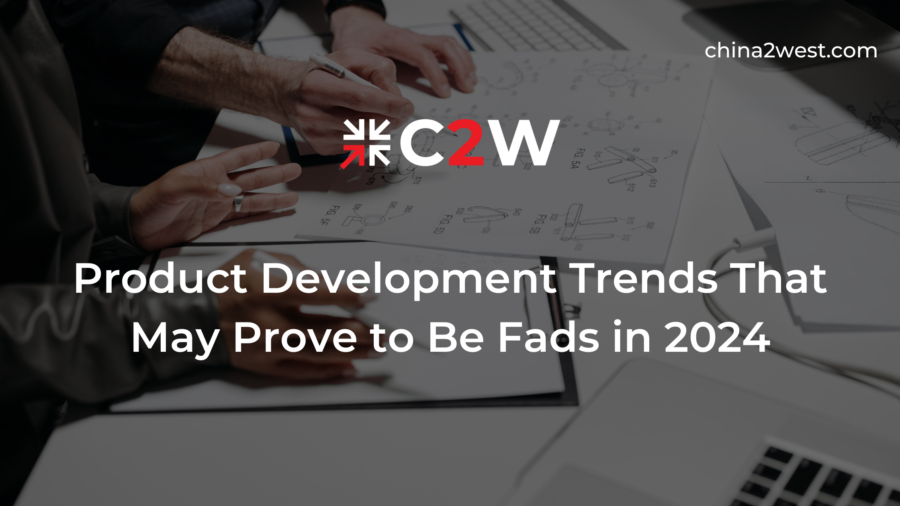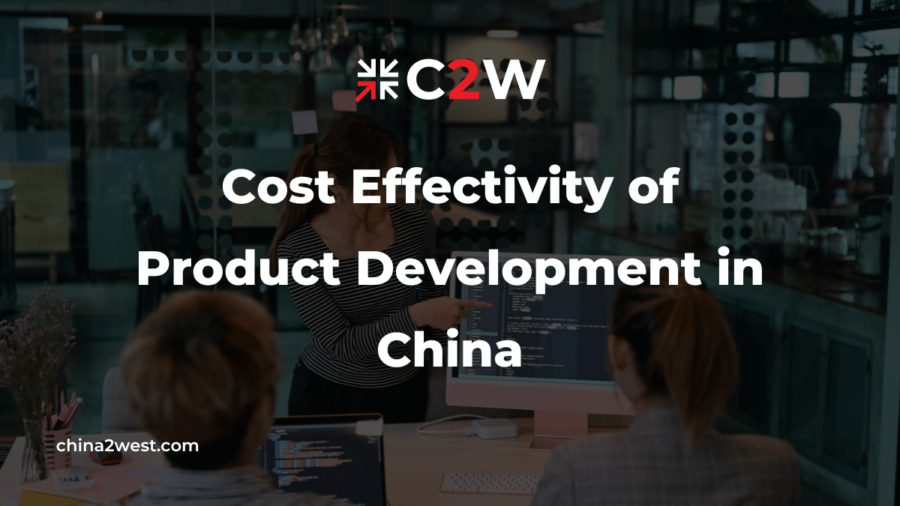As the consumer product development landscape continues to shift, businesses find themselves navigating through a sea of trends. Adapting to these trends is essential, but not every wave proves sustainable.
Approaching 2024, it’s crucial for companies to discern between lasting strategies and passing fads. This article explores consumer product development fads that may fade away by 2024 and suggests alternative strategies for sustainable growth.
The Hype of Augmented Reality (AR)
Augmented Reality (AR) emerged as a revolutionary concept, blending the digital and physical worlds. The potential seemed boundless, from interactive advertising to enhanced user experiences.
However, as we approach 2024, the limitations of AR become apparent.
While AR excels in specific applications, its widespread adoption may falter. The initial excitement may wear off as consumers demand more practicality and seamless integration into their daily lives.
Developers must consider whether the investment in AR will yield long-term returns or if resources should be redirected to more versatile technologies.
Sustainability as a Buzzword
Sustainability has become a buzzword in product development, reflecting the growing awareness of environmental issues. Companies have rushed to label their products as eco-friendly, but the sincerity of these efforts is increasingly under scrutiny.
But now, consumers are becoming more discerning, seeking authenticity in a sea of greenwashing.
Businesses must move beyond token sustainability gestures and embrace genuine, impactful initiatives.
Incorporating sustainable practices into the core of product development, rather than using it as a marketing tactic, will resonate more with environmentally conscious consumers.
Voice-Activated Everything
Voice-activated technology promised a futuristic and hands-free user experience. Smart homes, in particular, embraced this trend.
Unfortunately, practical challenges and growing privacy concerns may lead to a decline in the widespread adoption of voice-activated systems.
As 2024 nears, they may reevaluate the trade-offs between convenience and privacy. The need for secure and reliable interfaces might see a resurgence of more traditional input methods.
Developers should consider refining voice-activated technology to address these concerns or explore alternative approaches to maintain user convenience.
The Overemphasis on Minimalism
Minimalism in design has dominated the consumer product landscape, with sleek and simple aesthetics taking precedence.
However, the risk lies in sacrificing functionality for form.
As we move into 2024, consumers may seek products that strike a balance between elegance and features.
The challenge for product developers is to find that equilibrium. It’s not about abandoning minimalism but ensuring that it enhances functionality rather than hindering it. Striking this balance will be crucial to meeting evolving consumer expectations.
Influencer-Driven Product Launches
Influencers have become powerful marketing tools, leveraging their reach to endorse products and create a buzz during launches.
But the authenticity of influencer-driven campaigns is increasingly questioned.
Approaching 2024, consumers may grow wary of influencer endorsements, seeking more genuine connections with brands. Businesses should consider diversifying their marketing strategies, focusing on authentic storytelling and community engagement.
Building trust will be paramount as consumers look beyond influencers for reliable product recommendations.
Hyper-Focused Niche Products
In recent times, hyper-focused niche products have carved out their space in the market, catering to specific demographics with unique needs.
While this strategy has proven successful for some, the risk of oversaturation and limited scalability is real.
As we approach 2024, businesses need to reassess the sustainability of hyper-niche focus. This section explores the challenges associated with these specialized products and offers insights into strategies that balance uniqueness with broader market appeal.
In an era where personalization is highly valued, companies must strike a delicate balance. Tailoring products to specific audiences is commendable, but it’s equally important to ensure scalability and consider avenues for expanding reach without diluting the uniqueness that sets niche products apart.
Excessive Dependence on Artificial Intelligence (AI)
AI has revolutionized the way products are developed, adding a layer of sophistication and personalization. However, an excessive reliance on AI poses potential risks, from ethical concerns to consumer skepticism.
Looking towards 2024, businesses must scrutinize the role of AI in their development processes.
While AI can streamline processes and enhance user experiences, it’s essential to maintain a human touch. Striking a balance between the efficiency of AI-driven insights and the empathy of human decision-making ensures products resonate not just technically but emotionally with consumers.
Over-Engineered Smart Devices
Smart devices have become an integral part of modern life, offering convenience and connectivity. However, the trend towards over-engineering may lead to diminishing returns.
As consumers increasingly prioritize simplicity and user-friendly experiences, the era of feature-heavy, complex smart devices may face challenges. Consumers seek smart devices that seamlessly integrate into their lives without unnecessary complexity.
Companies should prioritize enhancing the user experience by focusing on essential features and ensuring that technological advancements serve to simplify rather than complicate the user interaction.
Navigating the Winds of Change
Whenever and however, the winds of change in product development are palpable. Navigating these shifts requires a careful blend of innovation and pragmatism. While staying abreast of trends is crucial, it’s equally important to discern between fleeting fads and lasting principles.
Businesses must be agile, ready to pivot when necessary, and invest in strategies that withstand the test of time. By critically evaluating current trends, anticipating shifts in consumer behavior, and embracing innovation with a strategic mindset, companies can position themselves for sustained success in an ever-evolving market. The key lies in a balanced approach that combines the best of current trends with timeless principles.
Working with the right manufacturer will ensure you stay caught-up and relevant, especially one like C2W with their own international industrial design and engineering team and Western roots. Contact us today!


